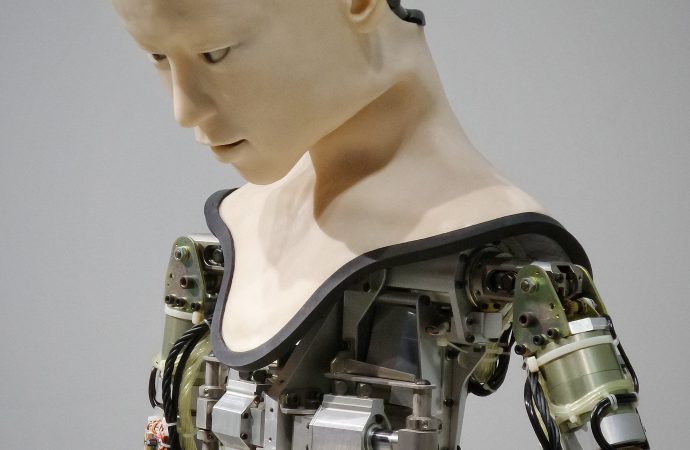Imagine a world where technology can read our thoughts, decode our innermost desires, and provide new avenues for communication. While it may seem like the stuff of science fiction, advancements in artificial intelligence (A.I.) are bringing us closer to understanding the intricacies of the human mind. The field of neural decoding, coupled with the power
Imagine a world where technology can read our thoughts, decode our innermost desires, and provide new avenues for communication. While it may seem like the stuff of science fiction, advancements in artificial intelligence (A.I.) are bringing us closer to understanding the intricacies of the human mind. The field of neural decoding, coupled with the power of A.I., holds the potential to revolutionize our understanding of cognition and reshape the future of mind-reading.
Neural decoding refers to the process of translating brain activity into meaningful information, allowing researchers to decipher thoughts, intentions, and even sensory experiences. By analyzing the patterns of neural activity, scientists aim to decode the neural code, creating a bridge between brain signals and external outputs.
A.I. plays a pivotal role in advancing the field of neural decoding. Machine learning algorithms, in particular, have the ability to analyze vast amounts of neural data and identify patterns that may be imperceptible to the human eye. This powerful combination of neuroscience and A.I. enables scientists to extract meaningful information from brain signals, opening up new possibilities for understanding the complexities of the human mind.
One area where neural decoding and A.I. have shown promise is in the realm of communication. Researchers have developed brain-computer interfaces (BCIs) that allow individuals with paralysis or speech impairments to communicate by directly translating their thoughts into text or speech. By decoding the brain’s intentions to move or speak, A.I.-enabled BCIs can restore communication abilities, offering hope to those who have lost the ability to express themselves verbally.
Another exciting application lies in the field of neuroprosthetics. By decoding the intentions of a person’s movements, A.I.-driven prosthetic limbs can be controlled directly by the user’s thoughts, offering greater dexterity and natural movement. This breakthrough technology has the potential to significantly improve the quality of life for individuals with limb loss or paralysis.
Furthermore, neural decoding holds promise for understanding cognitive processes and mental health disorders. By analyzing patterns of brain activity, A.I. algorithms can provide insights into the underlying neural mechanisms associated with conditions such as depression, anxiety, or schizophrenia. This knowledge could lead to more targeted and personalized treatments, revolutionizing mental healthcare.
While the potential benefits of neural decoding and A.I. are immense, ethical considerations must be at the forefront of its development. Issues such as privacy, consent, and the responsible use of brain data need to be carefully addressed. Robust ethical frameworks must be in place to ensure that individuals’ rights and autonomy are protected as these technologies advance.
Additionally, the field of neural decoding is still in its early stages, and many challenges lie ahead. The brain is an incredibly complex organ, and decoding its intricate workings remains a formidable task. The development of more sophisticated algorithms, improved brain imaging techniques, and collaborations across disciplines will be crucial to further advancing our understanding of the human mind.
Conclusion:
In conclusion, the combination of neural decoding and A.I. is unlocking new frontiers in our quest to understand the human mind. From restoring communication abilities to controlling prosthetic limbs with thoughts, the possibilities are both exciting and transformative. As this field progresses, it is vital that we proceed with caution, ensuring that ethical considerations are embedded in the development and deployment of these technologies. With continued advancements and interdisciplinary collaborations, the future of mind-reading holds great promise, offering a deeper understanding of cognition and opening doors to a new era of human-machine interaction.

















Leave a Comment
Your email address will not be published. Required fields are marked with *